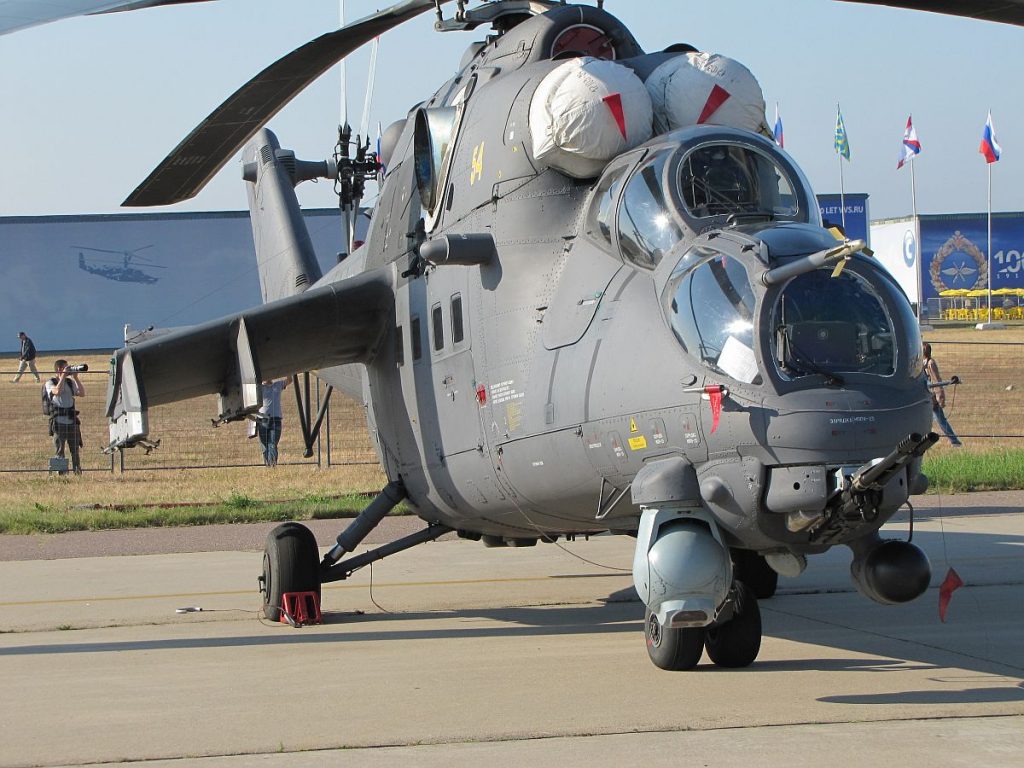Aircraft Recognition — Military Usage
Aircraft recognition is nothing new — it’s as old as Aviation itself. For fighter pilots from World War I on, Aircraft Recognition became the simple difference between shooting down quite literally, a “friend or foe.” The same is true for ground personnel trying to defend against aircraft in the air, with a mix of enemy and friendly aircraft engaged in combat at the same time over the battle area.
Aircraft identification mistakes have been made by all militaries, though “IFF” capability (an electronic signal to “Identify Friend or Foe”) has decreased the number of incidents of accidental shoot downs due to “Friendly Fire.”
During the attack on Pearl Harbor, land and sea gunners on defending US air bases and ships mistook a flight of US Navy aircraft arriving from a carrier out to sea, and shot several down.
Radar has also helped, but in some situations, has hindered. Without IFF at the time when radar was new, Army observers were unable to identify the Japanese attack force inbound to Pearl Harbor. A flight of B-17 Flying Fortresses were inbound to Hawaii at the same approximate time — literally arriving in the middle of the attack — and the Japanese attacking force was mistaken for them.
In the latter day case of the U.S.S. Vincennes, which was trying to identify an aircraft not responding to IFF, the result was a missile fired in defense of the ship, and the shoot down of a civilian Iran Air Airbus A-300B2-202 on July 3, 1988, with the loss of 290 people. Though accidental, a Libyan terrorist group later retaliated with the bombing of the Pan Am Boeing 747-121A, “Clipper Maid of the Seas,” over Lockerbie, Scotland, killing 270. A total 560 people died for lack of IFF and lack of visual identification. Altitude of the airliner would certainly have played a factor. Likewise, so would weather conditions. A single layer of clouds can prevent visual ID, resulting in the need for IFF or AWACS.
In the post-Desert Storm period, the pilot of an F-15 Eagle accidentally shot down two “Friendly” US Army UH-60 Blackhawk helicopters believing them to be “threat” Iraqi aircraft — possibly MI-24 Hinds. Though under guidance from a nearby AWACS, a series of errors complicated the situation, hindering the pilot’s ability to identify the aircraft positively. 26 people died.


On September 1, 1983, a Soviet SU-15 shot down a Korean Air Lines Boeing 747-230B, which had flown off course during a trip from Anchorage, Alaska, in the US, to Seoul, South Korea. The Soviets did not follow IATA procedures by allowing the 747 crew to identify themselves and make contact. The SU-15 came up from below and behind the 747 at night, failed to make a proper identification, and failed to properly identify himself.
A 747 in-flight, as seen from beneath the aircraft, can give the appearance of being a Boeing 707 or a military KC-135. One distinguising difference could have helped the SU-15 pilot avoid the tragedy. The 747 horizontal stablizer has a light on the trailing edge of each fin, at the outboard tip. The 707/KC-135 do not.
269 people aboard the 747 died. Also, this was not the first incident between the South Koreans and the Russians. A KAL Boeing 707 had been forced down with casualties years earlier after straying off course.
While visual recognition of aircraft cannot always be accomplished, when it can, it’s important that military personnel train in Aircraft Identification (Friend and Foe), to be able to do the job. Ground personnel, for example, equipped with Stinger Missiles trying to defend their unit from aerial attack, have a need for Aircraft Identification. Army SQT (Skill Qualification Testing) includes both Aircraft and Vehicle identification. The same is true of the Air Force and Marines. For the Navy, the identification of civil and military aircraft and vessels is paramount.
Aircraft identification could be the difference between life and death for a squadron mate, and the difference between the wanton destruction of friendly aircraft and the destruction of the foe, in a hostile orunfriendly environment.
Civil Uses For Aircraft Recognition
The Civil World has long used aircraft identification to track type of aircraft, aircraft movements, change of owners, color schemes, newsmakers, modifications to aircraft, et al, often for News, Business, Educational and Insurance purposes.
Commercial Aviation and Air Traffic Control (ATC) are the primary users of Aircraft Recognition guides, with pilots needing to “See and be seen” — to be able to identify the type of aircraft and (when available) the airline markings of another aircraft — while Air Traffic Controllers need to be able to identify aircraft by type, performance, capacity, etc. This includes ATC in the tower and ATC in the radar room. For example, knowing an aircraft type allows a controller to assign approach and en route speeds.
Civil (General and Executive Aviation) also require this as need-to-know information, and of course, going back to the military, which frequently operates in Civil Airspace, they too, must know aircraft in the Civil World beyond “friend and foe” military aircraft over the Battlefield.
Mark S. Daniels
Editor
Silver State News Service
www.silverstatenews.com

